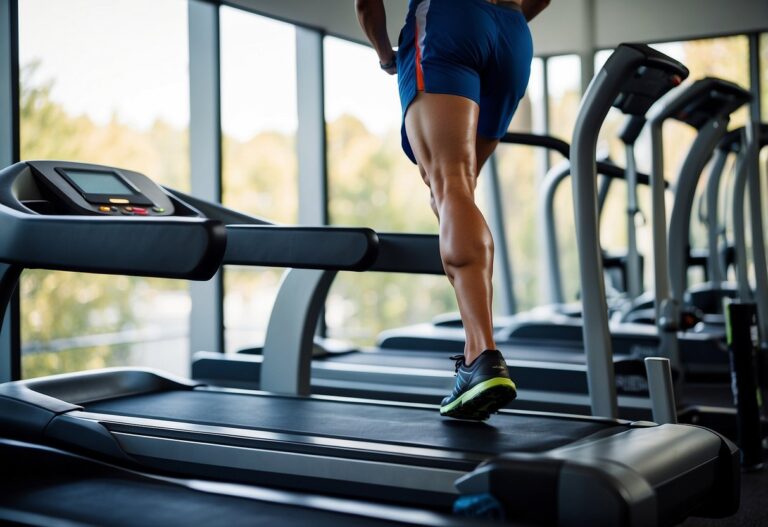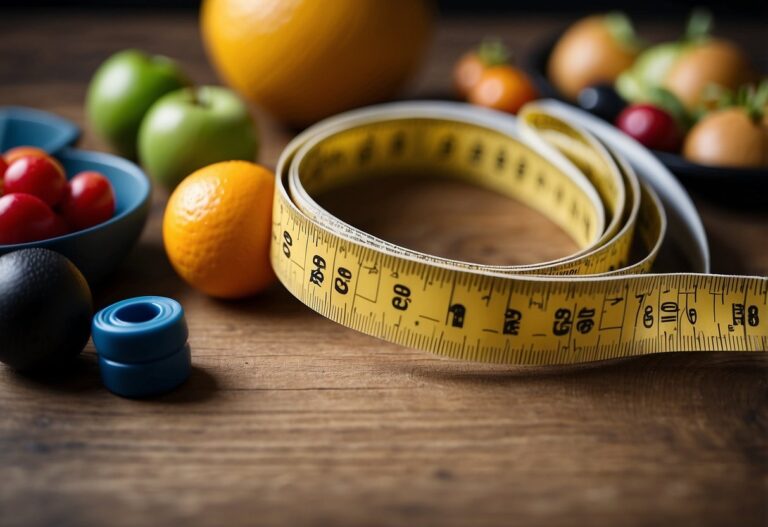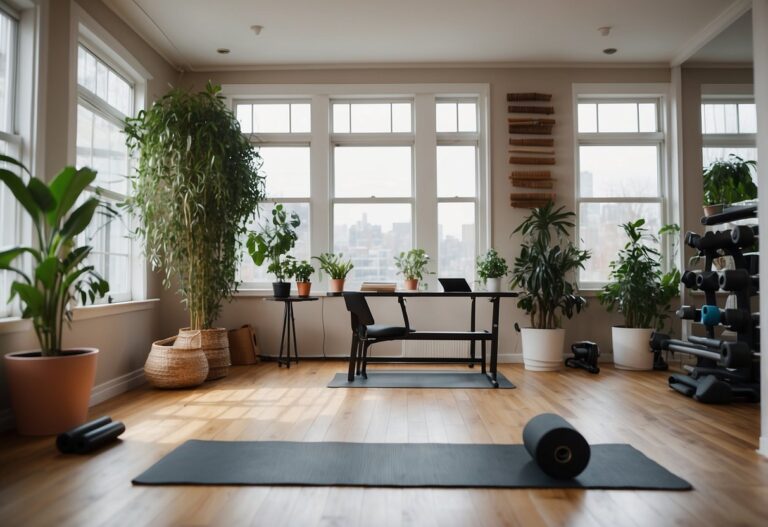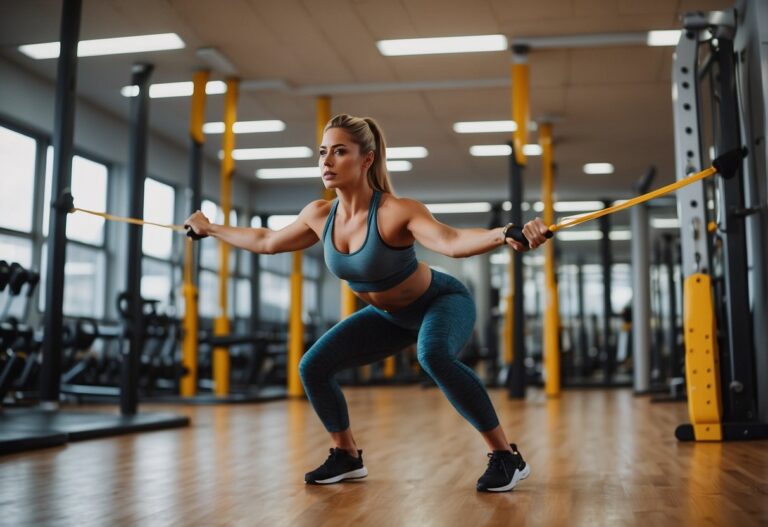If you’re aiming to improve your lower body strength and achieve a balanced physique, focusing on leg workouts is essential. Many people struggle to find effective exercises and routines that fit their specific goals and experience levels. Leg workouts are crucial for overall fitness and can greatly enhance your muscle strength and endurance.
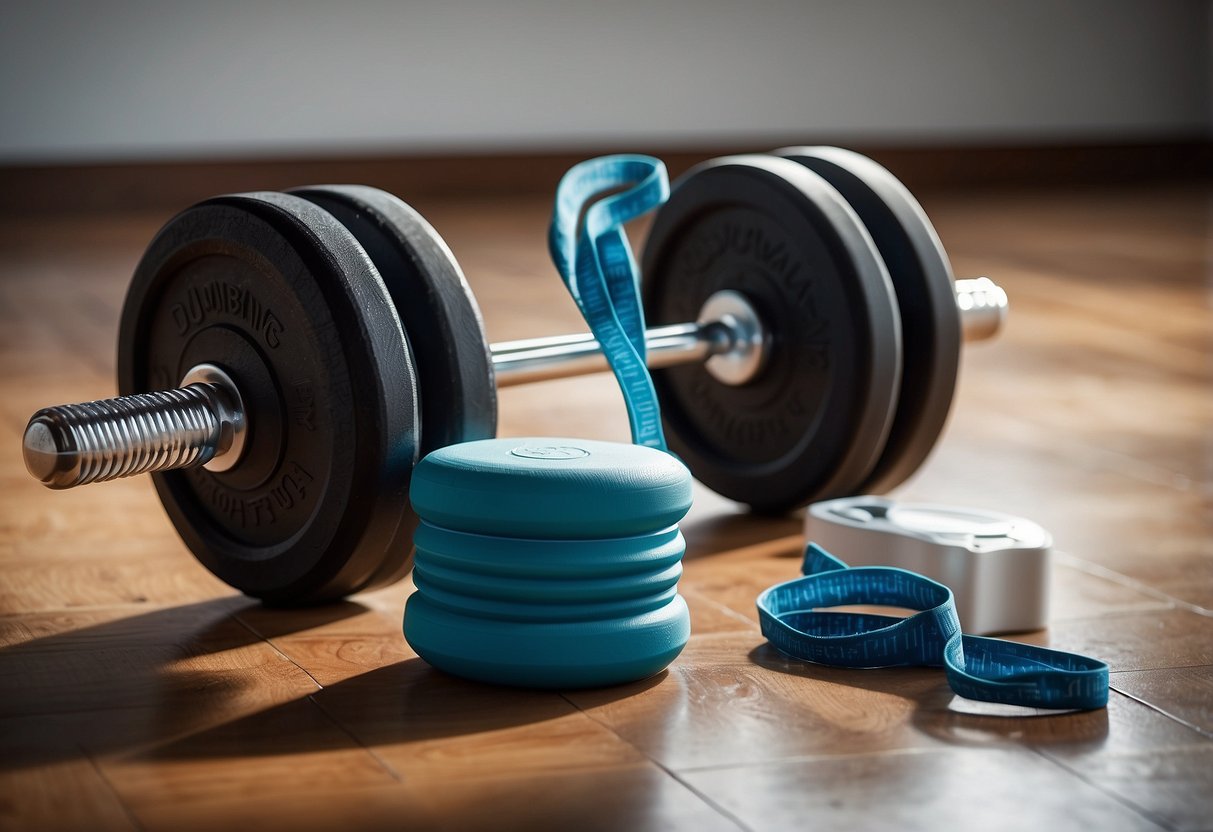
Whether you’re a beginner or a seasoned athlete, learning different leg exercises can diversify your training and bring better results. Incorporating a variety of movements into your regimen helps target all the muscle groups in your legs, ensuring a well-rounded workout.
Incorporate Squats
Adding squats to your leg workouts can make a big difference in building strength. If you’re just starting, begin with bodyweight squats. This helps you master the form before adding weights.
Once comfortable, try different variations. Paused squats are great for increasing strength and endurance. Simply hold the squat position at the bottom for a couple of seconds before standing up.
Consider trying narrow squats to target your quads specifically. Keep your feet close together and squat as usual. This adds a new challenge and helps build muscle.
For advanced exercisers, single-leg squats or pistol squats are perfect. They require balance and focus, helping improve overall leg strength. If needed, use a chair for support.
Incorporating these types of squats can maximise your workout and keep things interesting. You’ll notice the benefits in no time.
Try Bulgarian Split Squats
If you’re looking to build strong legs, you should try Bulgarian split squats. This exercise targets your quads, hamstrings, glutes, and calves.
To get started, stand a few feet in front of a bench. Place your back foot on the bench, turning it to the side for more balance. Keep your front foot flat on the floor.
Hold dumbbells by your sides if you want to add weight. Lower your body, bending your front knee until your thigh is parallel to the ground. Make sure to keep your chest up and your back straight.
Adding this move into your leg workout can help you gain strength and improve your balance and coordination.
Use resistance bands
Resistance bands are a simple way to make your leg workouts more challenging. They’re easy to use and don’t take up much space in your gym bag. You’ll find them in various strengths, so you can start light and work your way up.
For stronger, toned legs, try incorporating band exercises into your routine. One effective move is the banded squat. Step on the band with your feet shoulder-width apart, then pull the band to rest on the back of your arms. Squat down, pushing your hips back and keeping your chest up.
Another great exercise is the kickback. Place the band around your ankles and kick your left leg behind you while tightening your glutes. These can help build strength in areas you might miss with regular leg exercises.
Using bands can be versatile and fun. Try a side leg lift by lying on a mat with a looped band above your knees. Straighten your top leg while keeping your hips level. This targets your outer thighs and hip muscles effectively.
Remember, you don’t need sophisticated equipment to get a good workout. Resistance bands are proof that simple tools can yield significant results. Plus, they’re excellent for all fitness levels, whether you’re a beginner or advanced.
Perform Lunges
If you want to build strong and balanced legs, lunges are a great move to include in your routine.
Lunges target your quads, glutes, hamstrings, and calves. They work your muscles with a large range of motion.
To perform a lunge, stand straight with your feet shoulder-width apart. Step forward with one leg, lowering your hips until both knees are bent at about 90 degrees. Keep your back straight and your core engaged. Push back up to the starting position and switch legs.
Try adding variations like reverse lunges or incorporating dumbbells to increase difficulty.
Include Calf Raises
When working out your legs, make sure to include calf raises. They’re great for building strength and definition in your calves.
To perform calf raises, stand upright while holding two dumbbells by your sides. Place the ball of one foot on an exercise step or a weight plate.
Lift your heels off the floor to activate your calf muscles. Pause for a moment at the top. Then, lower your heels back down slowly.
Calf raises can also improve your performance in activities that need strong lower legs, like running and jumping. Give them a try and see the benefits for yourself!
For more details, check out Men’s Health on calf raises.
Try Leg Press Machines
Using leg press machines can be a great way to build your leg strength. Start by sitting or lying down on the machine, depending on its type. Make sure your back is firmly against the seat.
Position your feet shoulder-width apart on the platform. Keep your toes and heels planted. As you lower the weight, inhale and bend your legs. Stop if your heels or butt lift off the seat to avoid injury.
When you’re ready to press, exhale and push through your heels. Extend your legs smoothly, but avoid locking your knees. This helps protect your joints. Keep your leg muscles engaged to control the descent.
Want variety? Try different leg press variations. You can turn your toes inward or outward to target different muscles. This keeps your workouts fresh and challenging.
Do Deadlifts
Deadlifts are a fantastic exercise for building strength in your legs and back. When you perform a deadlift, you lift a barbell from the ground up to your thighs. This movement engages your leg and hip muscles, but also works several other large muscle groups.
One piece of advice is to always warm up properly. Stretch your muscles and do some light exercises to get your blood flowing. This can prevent injuries and help you lift more effectively.
Consider starting with lighter weights if you are new to deadlifting. Focus on perfecting your form before moving on to heavier weights.
For detailed techniques and tips, you can check out this deadlift guide.
Common Mistakes to Avoid
- Poor form: Make sure your back stays straight. Avoid rounding your back, as this can lead to injuries.
- Rushing the lift: Take your time and lift with control.
If you’re looking to add more strength to your workout, deadlifts are definitely a must-try. Use them in your routine and see how they can benefit your overall leg strength and stability.
Engage in Step-Ups
Step-ups are fantastic for building leg strength. They target your quads, hamstrings, and glutes. To start, place one foot on a sturdy platform like a bench. Push through your heel to lift your body up.
Make sure most of your weight is on your stepping foot. This helps work the targeted muscles harder. You can do step-ups almost anywhere, including at home.
Adding weights can make the exercise more challenging. Hold dumbbells as you step up to increase resistance. This not only boosts muscle gain but also burns more calories.
Try glute bridges
Glute bridges are fantastic for your legs and glutes. They can be done anywhere, and you don’t need special equipment.
To start, grab an exercise mat. Lie on your back with your knees bent and feet flat on the ground, hip-width apart. Ensure your calves are at a right angle to the floor.
Raise your hips so your body forms a straight line from your shoulders to your knees. Hold for a few seconds, then lower back down slowly. For added challenge, you can try doing glute bridges with one leg extended or hold the position for longer periods.
Practising glute bridges regularly can help increase core and glute strength. They’re simple but effective, making them a staple in many leg workout routines. Give them a go and feel the difference.
Include Hamstring Curls
When it comes to a balanced leg workout, you should definitely include hamstring curls. This exercise targets the hamstrings, which are crucial for overall leg strength.
To perform leg curls effectively, start lying face down on a leg curl machine. Make sure your knees line up with the machine’s pivot point, and your ankles are securely under the pads.
As you lift your legs, focus on pulling your heels towards your buttocks. Remember to exhale as you lift and squeeze your hamstrings at the top of the movement.
Strengthening your hamstrings can improve your balance and reduce the risk of injuries. So, next time you’re at the gym, don’t skip those leg curls!
Proper Warm-Up Techniques
Warming up correctly before a leg workout is essential to prevent injury and enhance performance. This section discusses dynamic stretching exercises and the importance of gradually increasing intensity.
Dynamic Stretching Exercises
Dynamic stretching involves active movements that help increase muscle temperature and flexibility. These exercises prepare your body for more intense activities by mimicking the motions of your workout.
For example, Spiderman lunges combine lunging with a twist, targeting your hip flexors and thoracic region. This improves hip mobility and opens up your chest. Perform 5-10 reps per side to maximise benefits.
Good mornings are another great exercise. Stand with your feet shoulder-width apart, and hinge at the hips while keeping your back straight. This targets your hamstrings and lower back muscles. Do 10-15 reps to activate these areas.
Jumping jacks elevate your heart rate and engage your entire body. Perform them for one minute to get your blood pumping and muscles warm. These dynamic movements ensure your body is ready for the intensity of leg day.
Importance of Gradual Intensity
Starting your workout with gradual intensity is key to avoiding strains and injuries. Begin with low-impact activities that progressively lead to higher intensity exercises. This way, your muscles slowly adapt to the increased demands.
Try high knees for 40 seconds, which simulate running in place with your knees lifting high towards your chest. This activates your core and leg muscles. Follow this with 20 seconds of rest, then move to butt kicks for one minute to target your hamstrings and glutes.
Using incremental steps ensures that your heart rate and muscular activity gradually increase. This not only prepares your muscles but also primes your nervous system for optimal performance. By easing into your workout, you’re more likely to maintain good form and achieve better results.
Optimal Exercise Form

Proper form in your workouts can prevent injury and maximise gains. Here’s a closer look at how to perfect your technique for two essential leg exercises: squats and lunges.
Correct Squat Posture
Squats are a foundational leg exercise, but performing them incorrectly can lead to knee or back injuries. To maintain the right posture:
- Feet Position: Stand with your feet shoulder-width apart. Point your toes slightly outward.
- Back Alignment: Keep your chest up and your back straight. Avoid rounding your spine.
- Core Engagement: Tighten your core muscles to support your back.
- Descend Properly: Bend at your hips and knees, lowering your body as if sitting in a chair. Ensure your knees track over your toes.
- Depth: Aim to get your thighs parallel to the ground. Do not force your body lower than what feels comfortable.
- Ascent: Push through your heels to rise back up, keeping your back straight and chest up.
Practising with a mirror can help you monitor your form and make adjustments. If you have access to a workout app offering demonstrations of exercises, use it to guide you.
Lunges: Step-by-Step Guide
Lunges target multiple leg muscles, including your glutes, quads, and hamstrings. Here’s how to execute them properly:
- Starting Position: Stand upright with your feet together and hands on your hips or holding weights.
- First Step: Take a step forward with your right leg, making sure it is a long step.
- Lower Your Body: Bend both knees to lower your body. Keep your torso upright and eyes forward. Your front knee should form a 90-degree angle without extending past your toes.
- Back Knee Position: Lower your left knee towards the floor, stopping just before it touches.
- Push Back: Push through your front heel to return to the starting position.
- Alternate Legs: Repeat with the left leg.
For more detailed instructions, consider using guides from fitness websites to see illustrations and tips for each step.
This methodical approach to squatting and lunging ensures that you gain strength effectively while reducing the risk of injury. Proper form is key to making the most of your leg workouts.


